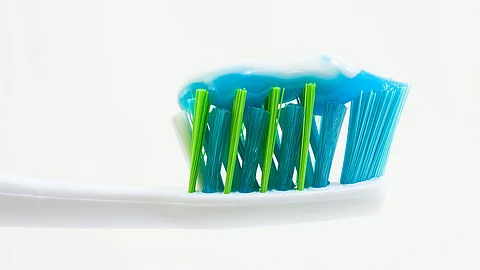The popular practice of brushing your teeth for about 2 minutes should be added by waiting for some more minutes before rinsing the toothpaste. But a person already having fluorosis should avoid using fluoride toothpaste and can even skip rinsing for some time.
Let's see some healthy tips for a healthy oral cavity:
Brush Twice a Day.
Flossing Daily – Removes plaque.
Using Mouthwash – Helps reduce bacteria and makes you feel fresh.
Clean Your Tongue – To remove bacteria.
Limiting Sugary and Acidic Foods – Reduces the risk of cavities and enamel erosion.
Staying Hydrated – Helps wash away food particles.
Eat a Balanced Diet – Including calcium-rich foods.
Avoiding Tobacco and Alcohol – To reduce the risk of oral cancer.
Visit the Dentist Regularly – Get checkups and cleanings every 6 months.
Replace Your Toothbrush – Change it every 3–4 months.
References:
1. Vranić, Edina, Amela Lačević, Aida Mehmedagić, and Alija Uzunović. 2004. “Formulation Ingredients for Toothpastes and Mouthwashes.” Bosnian Journal of Basic Medical Sciences 4 (4): 51–58. https://doi.org/10.17305/bjbms.2004.3362. -6/3/2025
By Dr. Jude Bencia G
SSK


